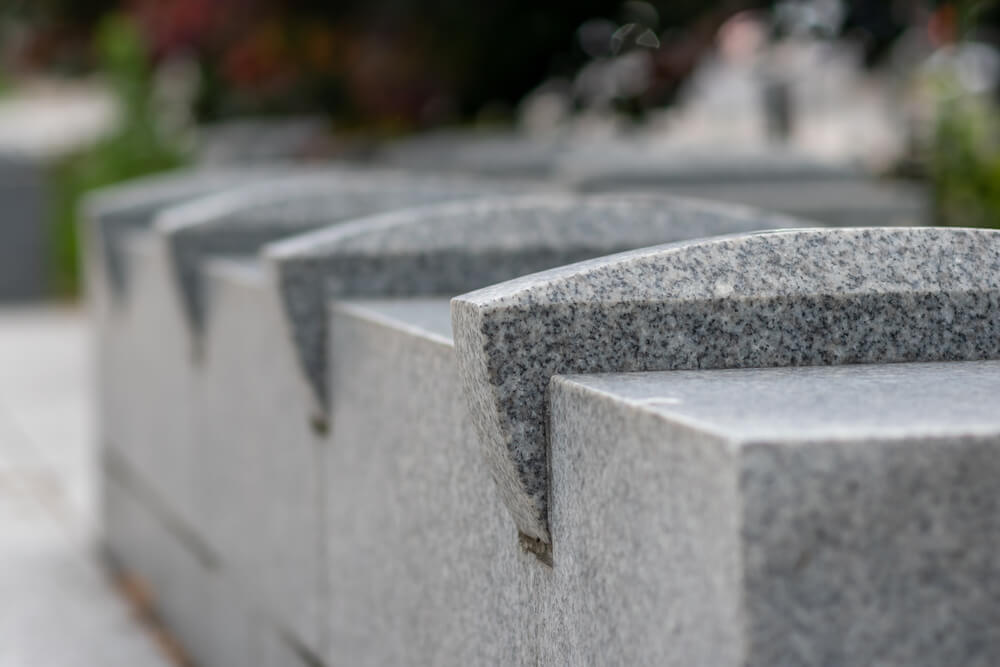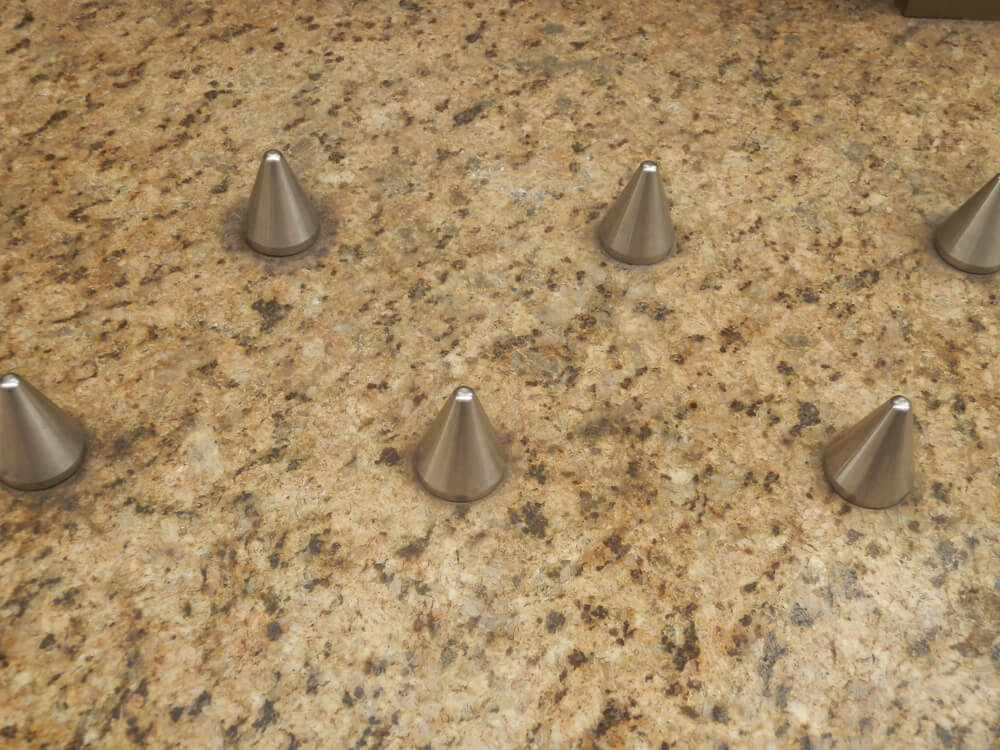What is hostile architecture and how is it used against the homeless in the US
Uncomfortable benches, sharp curbs, spikes on buildings - this aggressive design is called hostile architecture. In large cities, it is often used to combat marginalized groups. Edition Strelka Mag told in which cities in the United States and the world it is, and how it makes life difficult for the homeless.

Photo: Shutterstock
Such measures, in theory, should prevent the emergence of homeless people. However, hostile architecture is often accused of fighting the effect, not the cause: the homeless will not disappear if they are driven out of the city center. Aggressive design is often abused to improve the appearance of the city or its performance.
Ventilation Spikes - Toronto
Such thorns prevent the homeless from basking in the warm ventilation hatches. Every month, Toronto publishes data on the deaths of homeless people - on an interactive graph you can see that during the colder months (especially in the freezing Canadian February) homeless people die most often. They usually freeze to death due to their inability to find cover.
Armrest Benches - Los Angeles and Buenos Aires
City officials say these benches are needed to give your hands a rest, too. In fact, they are installed to prevent the homeless from sleeping on them. The design is very popular and is found in many cities.

Photo: Shutterstock
On the subject: 'Homeless pandemic': 30 million Americans are at risk of eviction
Metal benches - Tokyo
In the summer, these benches get so hot that they can burn. And in winter they are too cold to sleep on.
A less "effective" solution can be seen in another park in Tokyo - just a very short bench that you can't lie on comfortably.
The Homeless World Cup ranking of countries by the number of homeless people indicates that at least 2018 thousand people lived on the streets in Japan in 5. This is small enough for Asia, but activists believe that this number is two to three times too low.
In addition, in Japan there is a phenomenon of "digital homeless" - these are people who do not own any property and spend most of their lives in Internet cafes. Due to the coronavirus, many such places have closed, and the Japanese government was forced to resettle the homeless in hotels and inns.
Thorns in Homeless Sleeping Areas - London, San Francisco, Seattle

Photo: Shutterstock
Sharp spikes are installed in places where homeless people spend the night - most often they can be seen under bridges.
The activists have come up with a tactic for dealing with thorns: you just need to cover them with rubber paint, put a layer of foam on top and cover the place with a warm blanket.
Sharp stones and cacti - Ghana, Idaho, El Salvador
Sometimes stones are used instead of metal spikes. It looks better than thorns, but it is also impossible to sleep on rocks.
And in Brazil, the local climate allows city officials to use cacti to fight the homeless under bridges.
For those curious what we mean by #hostilearchitecture here is a particularly brutal example at the LAPD Central Station in Skid Row. From far away I thought there was construction going on, but then I got closer ... pic.twitter.com/MOP7jFOGti
- Anxious Napper (@mcamnitzer) February 26, 2020
Strange Benches - Volgodonsk, Buenos Aires, Philadelphia
These benches can be confused with a contemporary art object. But in fact, beautiful curves in the center, slopes and so on do not allow a person to lie down on the bench at full height.
In Russia, you can find folding benches - they are locked at night so that you cannot sleep or sit on them.
Buenos Aires has benches that are completely cast in concrete. Local residents write that it is impossible to sit on them for more than ten minutes, let alone sleep.
? ¿Desde cuándo las #cities se han vuelto enemigas activas de las personas en situación de calle?
¡Condenemos estos "errores" urbanos y no profundicemos la exclusión que ya viven, sumando diseños y soluciones inhumanas! #HostileArchitecture pic.twitter.com/sz12BnafNm- Hogar de Cristo #HogardeTodos (@Hdecristo) February 12, 2020
The Little Parts That Hurts - Philadelphia, Mexico City
In the United States, small metal balls are often placed at the edges of curbs, which interfere with sleeping and sitting. In fact, this is how the city tries to fight the skateboarders, and quite often this struggle affects the homeless. There is an interesting side effect: activists who ask skaters to return their favorite spots are also campaigning in favor of the homeless, because they often sleep in places where they can go on a skateboard without any problems.
In Mexico City, the walls of city flower beds are tilted outward - neither sit down, nor lie down, nor sleep.
And the edges of the curbs are often made sharp, which leads to injuries not only for the homeless, but also for ordinary pedestrians.
Read also on ForumDaily:
Rising Homelessness and Hunger Threats: US Tightens Rules for Asylum Seekers
California couple helps homeless man find family after 20 years of separation
In Florida, a homeless man snuck into a suite and lived there for 2 weeks
'Homeless pandemic': 30 million Americans are at risk of eviction
Subscribe to ForumDaily on Google NewsDo you want more important and interesting news about life in the USA and immigration to America? — support us donate! Also subscribe to our page Facebook. Select the “Priority in display” option and read us first. Also, don't forget to subscribe to our РєР ° РЅР ° Р »РІ Telegram and Instagram- there is a lot of interesting things there. And join thousands of readers ForumDaily New York — there you will find a lot of interesting and positive information about life in the metropolis.
-
Personal experience: who and why you should not move to the USA5614
-
50 diseases whose presence will increase the cost of health insurance in the USA4329
-
Great opportunities with ChatGPT: 12 easy ways to make money using artificial intelligence1324
-
What should not be on your resume if you want to find a job in the USA763
-
Four unforgivable mistakes immigrants make to the United States552
-
Dependence on cars and one supermarket per city: why ours is unusual in one-story America403
-
Ten secret restaurants in the USA: what is their highlight and how to find them254
-
Personal experience: who and why you should not move to the USA5614
-
Where in the USA to buy the medicines we are used to: a list of pharmacies5330
-
How to hit the jackpot: tips from a man who won the lottery 7 times4898
-
50 diseases whose presence will increase the cost of health insurance in the USA4329
-
Street, avenue, boulevard or drive: how to understand the classification of US streets and roads1461
-
Personal experience: what not to do in America1402
-
Great opportunities with ChatGPT: 12 easy ways to make money using artificial intelligence1324











